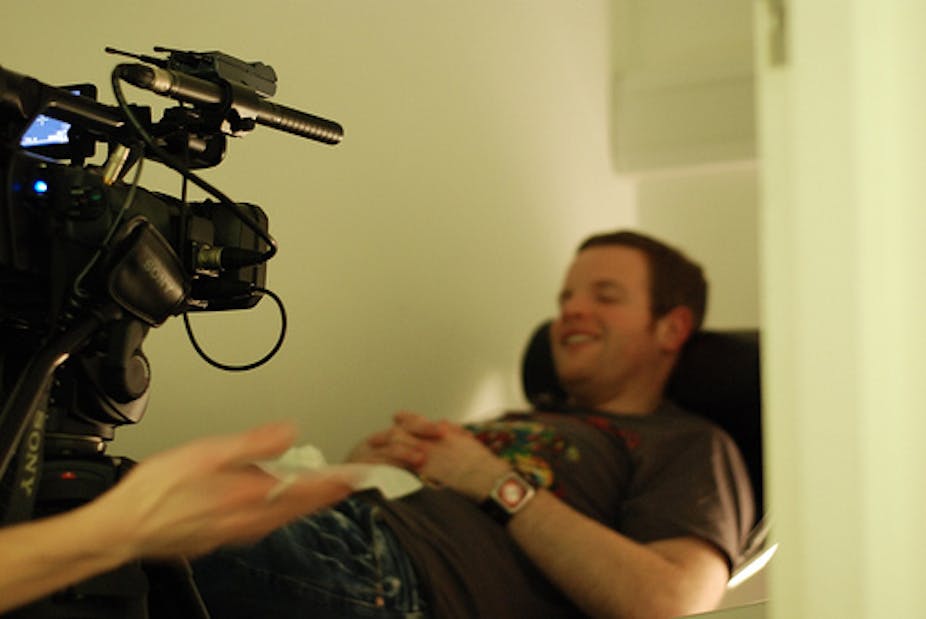The promise of technology is under-utilised in the medical profession but that’s hopefully about to change. Existing audiovisual equipment within hospitals is being used to fill training gaps and reach people in remote parts of the world.
The operating room isn’t accessible to all of the people who need it for their surgical education. Medical students, general practitioners and nurses all require exposure to surgical practice.
Say a surgeon in a remote part of Australia needs to learn a new technique for a difficult case that she hasn’t had to deal with before. Live surgery broadcasting may be the best way to get learn the skills she needs.
Surgical education for everyone
The idea of broadcasting live surgery has existed for several years but, until recently, it’s been largely restricted to uses such as add-ons to conferences. Because they haven’t been done routinely, broadcasts tend to be expensive, time consuming, of variable quality and limited availability.
In recent years, there have been significant advances in internet-related technology. Video streaming and bandwidth availability, coupled with the installation of camera systems within operating rooms have provided us with unique opportunities. It has allowed me to marry my passion for education with existing resources and available technology.
Several years ago, I established a not-for-profit online education forum for this purpose - the Australian Institute of Medical Education (AIME). Now, I routinely broadcast the surgery I perform on a weekly basis to a dedicated and secure audience on AIME via the internet.
The system permits “virtual” access to the operating room for those who can’t physically be there. It also allows non-specialist surgeons in remote areas to access the expertise of more specialist surgeons in major centres.
Emergency education
The system facilitates continuing education and is useful when surgeons encounter a rare condition or procedure. The videos are archived so if a surgeon in another part of the world finds herself in a similar situation, she can search for the relevant technique.
All that’s required is a decent internet connection or access to a mobile phone network. The videos can also be viewed on mobile devices, such as iPads and smart phones.

The vast majority of my patients are perfectly happy to consent to the broadcast. Access to AIME is secure so only people who are registered can view the broadcasts. Students have to create a profile and submit details about their affiliation to a medical school, ensuring authenticity.
This is important for patients because they need to feel reassured that only health professionals will be seeing their operation. This is definitely not reality television.
The future of surgical broadcasts
The uptake of this relatively new teaching format by bodies such as the Royal Australasian College of Surgeons has been slow. The main obstacles may be unfamiliarity with new technology, and the possible repercussions of recording surgeries.
Could the videos be used as evidence against a surgeon in a court of law? Quite possibly - but it’s much more likely to work in the surgeon’s favour.
Surgeons involved in mainstream teaching should have reached a level of experience and confidence that such a video would permit them to demonstrate to a jury how they safely deal with unexpected events.
In fact, it’s probably time that we as a profession considered making a record of all our procedures for the purpose of quality control. After all, the “black box” has been in aircraft for many years and is a very important part of helping to resolve unexpected events.
Australia’s size and demographic means that it’s uniquely placed to develop a system that allows surgeons to broadcast live surgery as a routine. The National Broadband Network (NBN) will be a real boon to those living and working in remote areas, and a great boost to using technology to teach, including broadcasting live surgeries.
The government has highlighted the need for doctors in remote areas to have the necessary technology that will allow their patients to have access to specialist consultations using telemedicine. The technology already exists - all that’s required now is some enthusiasm.

